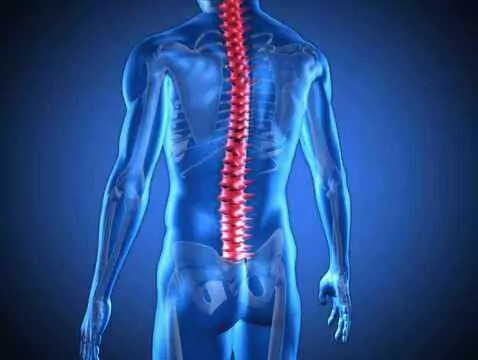The skin is a mirror of health. Skin examination can provide important diagnostic clues in many disease entities and, as an important part of the patient examination and diagnosis process, should not be overlooked. Also, some diseases involving the nervous system may be accompanied by characteristic skin changes even at the beginning of the disease process, when neurological symptoms are not yet present.
Lyme disease
The clinical picture of Lyme disease involves involvement of the skin, nervous system, joints and heart. Lyme disease of the nervous system can progress with involvement of the peripheral or central nervous system. In the peripheral nervous system, it may manifest as cranial nerve damage, most commonly the facial nerve, nerve plexus damage or mononeuropathy. In the central nervous system, it may present as meningitis, encephalitis or spinal cord inflammation, mild intracranial hypertension, vasculitis or encephalopathy. Cutaneous manifestations of Lyme disease include erythema migrans, borrelial lymphoma and chronic atrophic dermatitis of the extremities.
A localised skin lesion in the form of a non-painful erythema appears at the site of the tick bite a few days or weeks after infection. Migratory erythema occurs in less than 40 per cent of infected people, disappears untreated after 1-2 months, and disappears within a few days after starting antibiotic therapy, but this does not mean that the infection has been eliminated. Initially, it takes the form of a patch that spreads, showing central translucency. In order to recognise it, the lesion must be found to be enlarging and exceeding 5 cm in diameter.
Borrelial lymphoma is a single, blue-red, non-painful nodule usually located on the auricles, nipples and scrotal skin. It may be accompanied by enlargement of the surrounding lymph nodes. If left untreated, it can persist for several years.
Chronic atrophic dermatitis of the extremities is a late stage and is found several years after infection in the form of bluish-red lesions on the distal parts of the extremities. Initially these are inflammatory oedema, then the skin becomes thin and atrophic.

photo: shutterstock
Neurofibromatosis type I
The most common neurofibromatosis is neurofibromatosis type I, or von Recklinghausen's disease. In its course, neoplasms of the nervous system of various morphologies may occur, including: optic nerve glioma, meningioma, staphyloma, hemangioendothelioma and neuroblastoma. On the skin, we can find pigmented moles of the colour of coffee with milk - café au lait spots, skin discolouration in the armpit and groin areas and subcutaneous nodules - neurofibromas. Epilepsy is present in 10-15% of patients and psychomotor or mental retardation in 15-20%.









